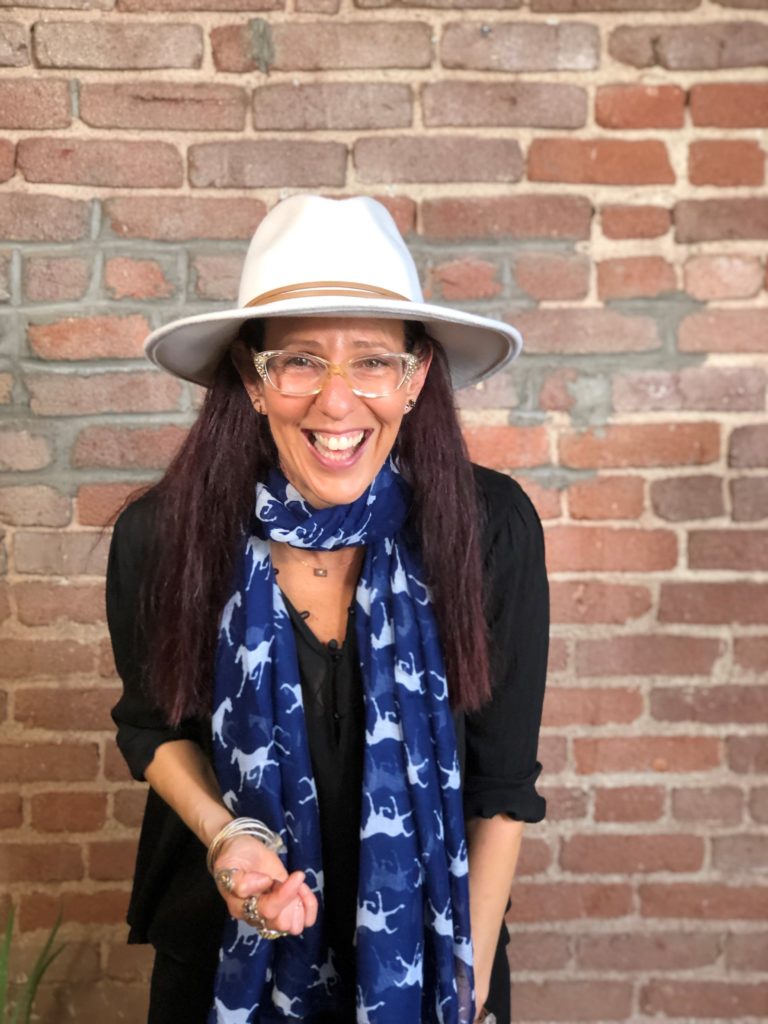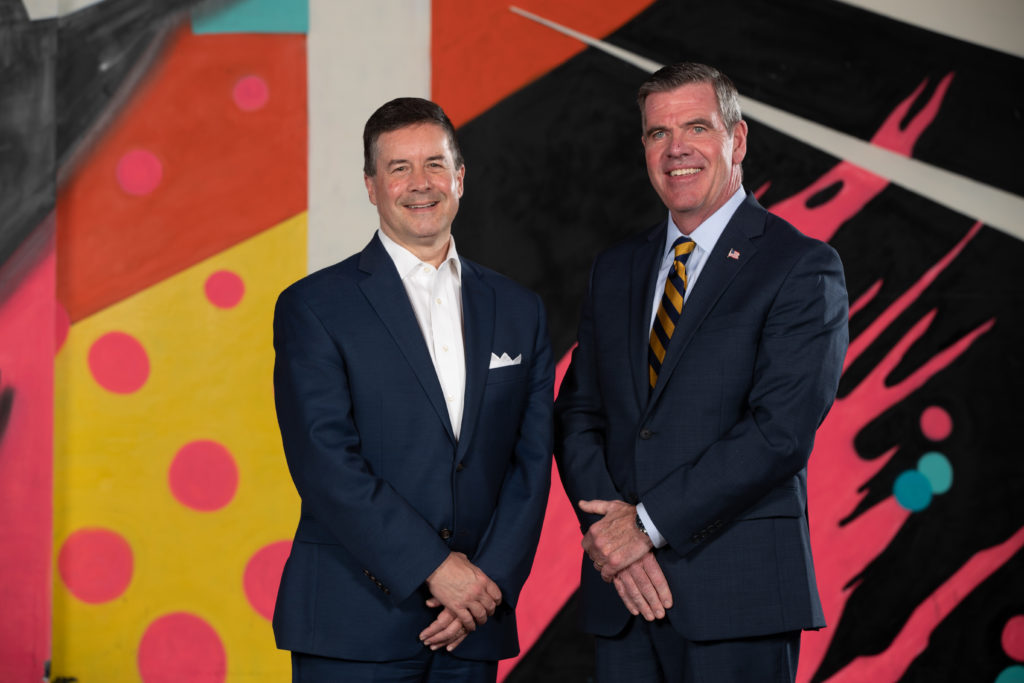Imagine showing up for a seminar designed to give you specific, precise directions on the path to follow to ensure the future success of your business. On the first day of the seminar, you get a simple document listing five things that you need to do to thrive in the future.
You look it over, and you realize that you’re already doing every one of those things.
This is exactly the situation that the Long Beach Convention & Entertainment Center finds itself in.
Earlier this year, the Marriott Foundation and the PCMA (Professional Convention Management Association) unveiled the results of a yearlong study on the future of professional conventions. At a conference in Pittsburgh, consultant and strategist Amy Blackman presented the findings of the report, which was titled “The Future Of Meetings & Events.”

Looking on was Joseph Jenci, a senior vice president for sales and service at Long Beach Area Convention & Visitors Bureau. As Jenci was walking through his notes from the conference, that refrain – “we’re already doing all these things” – kept echoing through his mind. So back at home, the convention center’s management came up with an idea – why not ask Blackman to come through the Long Beach facility and see if, indeed, Long Beach was as on-course as it seemed?
Blackman agreed to visit, and was, in her words, “blown away.”
“Long Beach is simply ahead of the curve on all five of the trends,” Blackman told the Business Journal.
Blackman was chosen to participate in the study by the group hired to do the report – New York’s Fahrenheit 212 – precisely because she was not part of the hospitality industry. Her organization, Fruition Co., is a management consulting firm that specializes in brand coaching, market strategy and audience engagement in a wide variety of fields. Marriott and the PCMA wanted outside voices to help them understand exactly what conference attendees wanted, not just what convention managers hoped their attendees wanted.
The five trends are:
– Emotional Intelligence
– Orchestrated Serendipity
– Multimodal Design
– Bigger Than Oneself
– Clear Sense Of Place
Long Beach was particularly adept in delivering on the trends of Orchestrated Serendipity and Multimodal Design, Blackman said. “In many conference centers, the corridors are simply a way of getting people from one conference room to the next,” she said. “There’s no place for the attendees to sit and converse with each other. And that interaction is critical. Long Beach has conversation pods throughout the facility, with comfortable chairs and lights, places where you want to sit, places where you can actually have a conversation with other attendees. It’s a total coffee shop vibe, and that’s how people really learn and absorb.”
The other key element that made the Long Beach facility stand out was its adaptation of the idea of Multimodal Design. Between the different rooms and facilities, and all of the ways in which those facilities can be customized, event planners have the ability to create a conference or event that reflects its personalities and tastes, Blackman said.
A veteran of the music industry, Blackman is not shy about using the phrase “crappy rock concert hall” to describe outmoded convention centers. And she was impressed by the effort Long Beach has put into creating modern, configurable spaces with creative rigging of walls, lights and other design elements, particularly in the Pacific Room, where even the ceiling height can be altered to meet the design needs of a particular conference.
“I’ve never seen anything like it. Depending on how you do it, you can’t see the seats, you can’t see the walls, you can’t see the ceiling – it’s crazy,” Blackman says.

This level of cutting-edge convention capability isn’t an accident. It’s the result of years and $65 million worth of investment into making the complex a destination that meets the future needs of conventioneers, and one that draws on the lessons learned from a past success, said Steve Goodling, president and CEO of the bureau.
“We hosted the TED Conference for five years,” Goodling told the Business Journal. “We watched how they conducted their conventions. Everyone was treated like an adult. They created spaces where attendees could sit and converse. Most convention centers are not conducive to these small discussions.
“We designed spaces that facilitate these connections, what they call social cohesions or social collaborations. It’s these interactions at the conference that make the difference,” Goodling said.
The ability to customize the spaces helps build connections with people who aren’t at the conventions through the creation of what Goodling called “Instagrammable spaces,” settings that lend themselves to sharing the convention experience through social media. While large corporations have production budgets that allow them to create custom convention spaces, national organizations and trade associations frequently don’t have those budgets. Goodling said that providing those organizations the ability to customize their environments helps Long Beach to attract those organizations to the facility.
And in turn, that helps connect attendees with others and helps build the connectivity that is so crucial to the success of any conference, Goodling said.
“At the end of the day, for our work and strategy to be recognized – it’s a huge endorsement,” he says.
